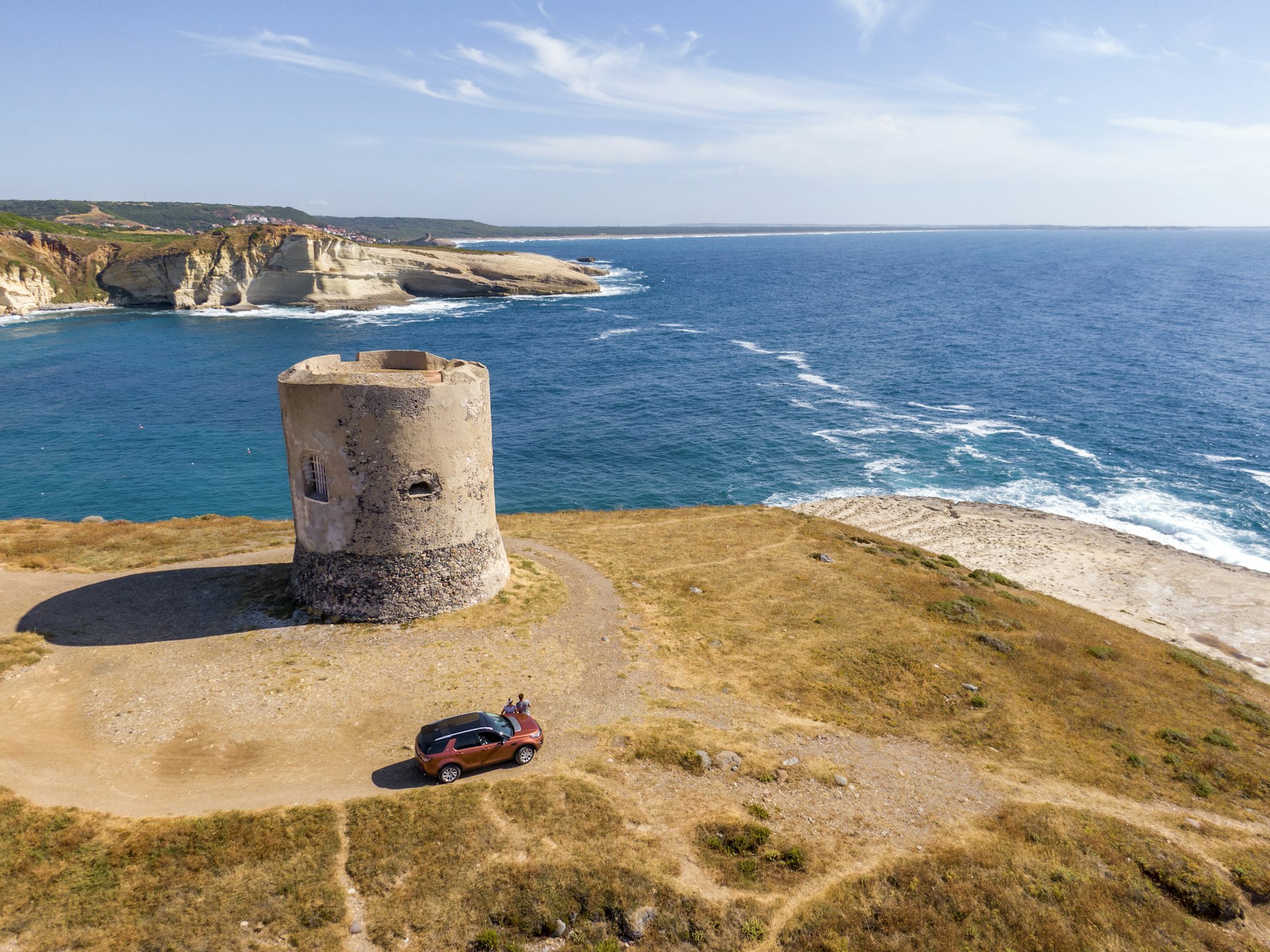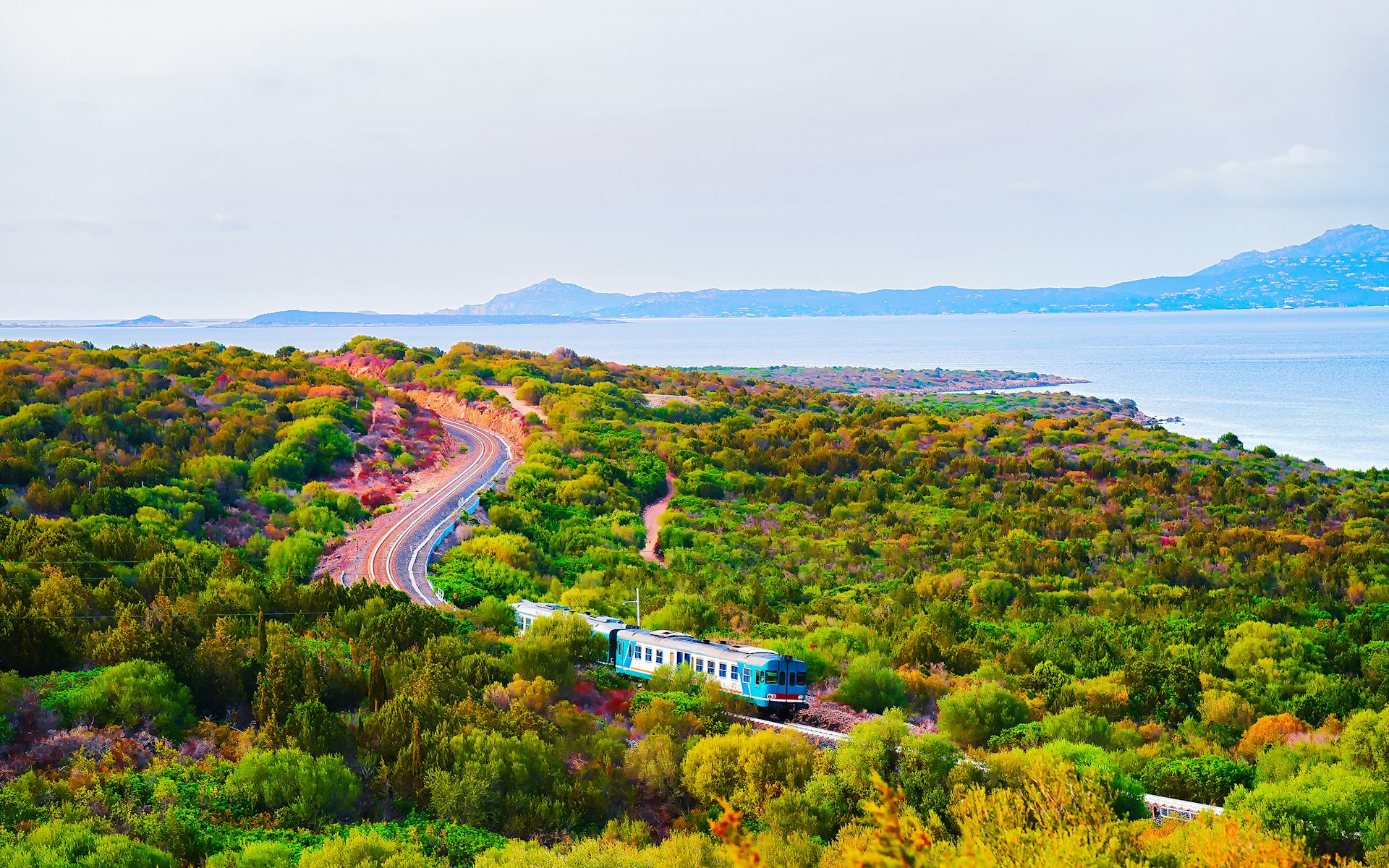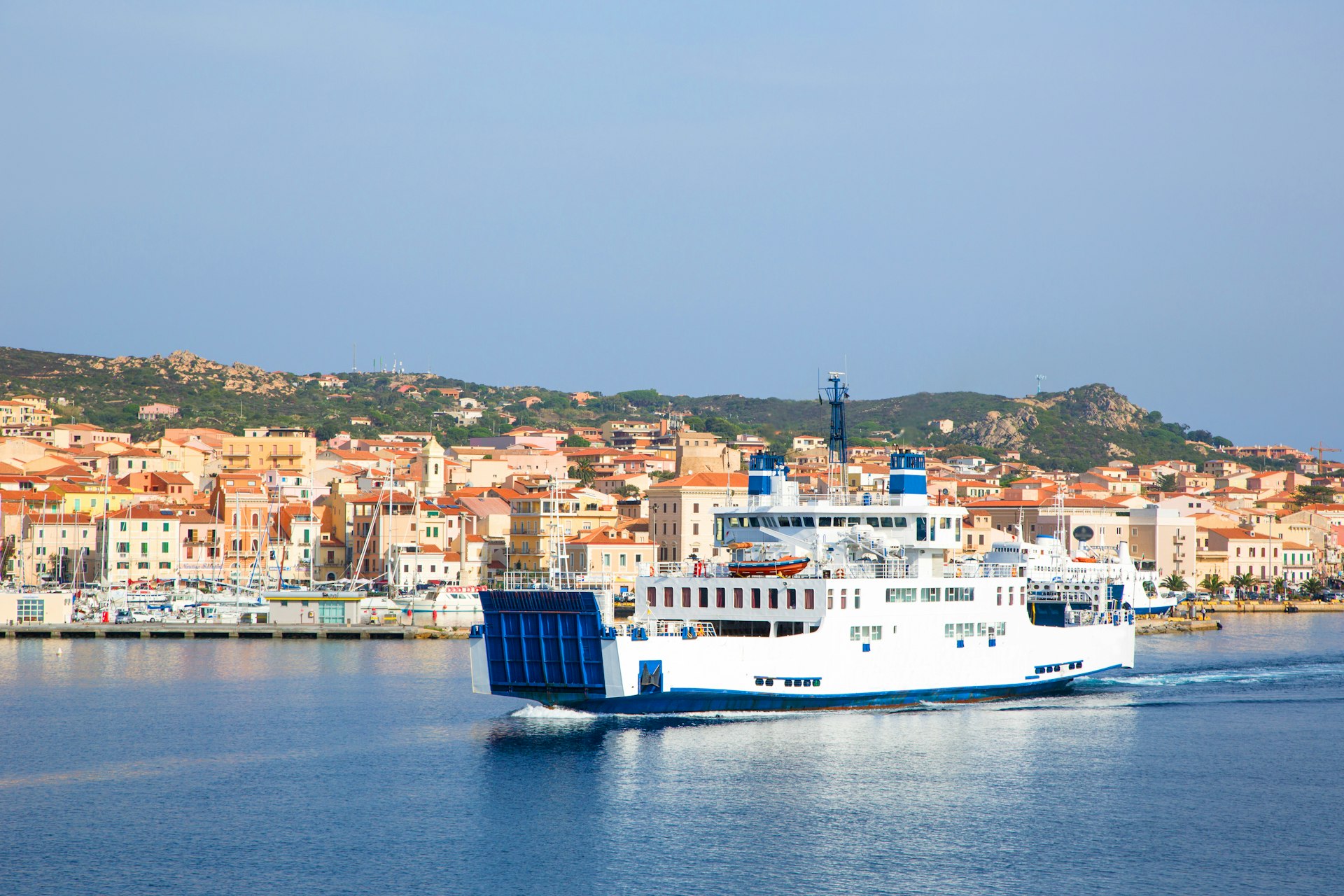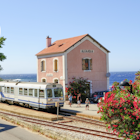Despite being the Mediterranean's second largest island, Sardinia is relatively compact, measuring roughly 300km (186mi) north-to-south and 125km (78mi) east-to-west. You can cross the entire island in a few hours, though sinuous two-lane roads and limited rail and bus connections can make short distances more time-consuming to cover than you might expect. Traveling with your own car, motorbike or bicycle makes it much easier to explore Sardinia's beaches, archaeological sites and other destinations not well served by public transport.
Sardinia is easiest to explore with your own vehicle
Vehicle rentals
Europcar, Sixt, Hertz, Avis and other international operators rent out vehicles at Sardinia's three main airports in Cagliari, Olbia and Alghero, alongside Italian rental chains such as Maggiore and Only Sardinia. Smaller cities, including Nuoro, Oristano and Alghero, also offer in-town car hire, while motorbike and scooter rentals are available in many beach resorts. Electric cars are available for rent, but charging stations are few and far between – and often slow.
Rental car tips: While many credit card companies offer complimentary CDW (Collision Damage Waiver) protection to their cardholders, Italy is often excluded from the list of covered countries; check before you rent. Beware of narrow one-way streets in smaller villages; your car can easily get scratched or stuck. Away from the main cities and beach resorts, gas stations can be sparse, especially in the mountain towns of Sardinia's interior; save yourself headaches by fueling up ahead of time.
Road classifications
Sardinia has a handful of faster multi-lane highways, known as superstrade (SS for short); these include the SS131 connecting Cagliari, Oristano, Sassari and Porto Torres and sections of the SS125 running down Sardinia's east coast. Superstrade are toll-free, with speed limits topping out at 110km/h (68mph). Away from these main routes, be prepared for slower driving on two-lane, often curvy provincial roads known as strade provinciali (SP), where the speed limit ranges from 50km/h (31mph) in town to 90km/h (56mph) outside city limits. Note that many smaller access roads to beaches and trailheads are unpaved.

Parking
In cities, parking spaces designated with blue stripes require payment via street-side ticket machines or a phone app such as DropTicket. Rates are highest (€1-2 per hour) during normal business hours (9am-1pm and 4-8pm Mon-Sat). Free or reduced rates apply on evenings, Sundays and during lunch hours. Parking spaces marked with white stripes are free of charge.
Every Sardinian municipality has its own rules for beach parking, which can cost as much as €2 per hour. Fee collection is typically managed by private companies, which often employ onsite parking attendants. Beware of hefty fines for parking outside designated areas in summer; if you do get a ticket, it's best to pay on the spot, as delayed payment can result in higher charges being billed to your credit card by the rental car company.
Cycling
Cycling is an agreeable way to explore the Sardinian countryside, and rentals are available in most larger towns and coastal resorts. Bikes can be carried on Sardinian trains for a €3.50 surcharge.
The bus is Sardinia's most versatile public transport option
For exploring beyond the main cities, the bus is Sardinia's most convenient public transport option. ARST operates an extensive, well-priced network of bus routes connecting key destinations around the island, including many not reachable by rail. ARST has full-fledged bus stations in Alghero, Sassari, Olbia, Nuoro, Oristano, Iglesias and Cagliari. In smaller towns, buy tickets from a local bar or tobacconist and catch buses at stops marked with a "Fermata" signpost.

Railways are limited in Sardinia, but useful for travel between main cities
Trenitalia
Trenitalia, Italy's national rail system, offers a core network of routes in Sardinia. From Cagliari, trains run west to Iglesias and Carbonia, north to Oristano, Sassari and the Porto Torres ferry terminal, and northeast to Olbia and the Golfo Aranci ferry terminal. There are departures every hour or two on the main routes, and prices are reasonable; even the longest journeys, such as the four-hour trip from Cagliari to Olbia, generally cost less than €20.
ARST regional trains
ARST operates a supplementary narrow-gauge rail network, serving corners of the island not reached by Trenitalia. Most useful to visitors are the trains connecting Sassari to Alghero on the northwest coast, and the route from Macomer to Nuoro, an ideal jumping-off point for exploring eastern Sardinia.
Tip for train transfers: In Macomer and Sassari, where the Trenitalia and ARST railways intersect, each company has its own separate station – but they're within easy walking distance of one another.
Sardinia's scenic tourist trains
Encompassing 400km (250mi) of narrow gauge railways, Sardinia's extensive tourist train network offers visitors a compelling glimpse of Sardinia's backcountry. Originally constructed in the 1800s to navigate the steep grades and sweeping curves of Sardinia's mountainous interior, these less-traveled routes were popularized by DH Lawrence in his book Sea and Sardinia. These days, the uber-scenic Trenino Verde (Little Green Train) offers five official routes around the island. Service is slow (20km/h), seasonal and prone to frequent shutdowns; check online to see which lines are currently operating.

Ferries are great for exploring Sardinia's offshore islands
Ferries provide easy, affordable access to Sardinia's offshore islands, including the spectacular Asinara and Maddalena national parks off Sardinia's north coast, Isola Tavolara near Olbia, and Isola di San Pietro in southwestern Sardinia. Main operators include Delcomar, Maddalena Lines and Tavolara Traghetti e Gite.
Accessible transportation in Sardinia
Sardinia has seen several recent improvements in accessible transport. Trenitalia now provides special accommodations for people with disabilities at eight stations, including Cagliari, Cagliari's Elmas Airport, Oristano, Sassari and Olbia. Free assistance with ticketing, boarding, disembarking and baggage handling is available to wheelchair users, pregnant women and passengers with hearing, vision or cognitive disabilities. All services are coordinated via the "Sala Blu" at Cagliari's main train station (email SalaBlu.CAGLIARI@rfi.it).
ARST trains are equipped with mobile wheelchair boarding ramps, while city trams in Cagliari and Sassari have special wheelchair boarding platforms. ARST's new bus fleet includes well-signposted seating areas for travelers with disabilities, electronic lifts, Braille signage and audible confirmation of stop requests. For intercity travel on ARST buses, wheelchair users must communicate with ARST 36 hours in advance to confirm points of boarding and disembarking.
Cagliari-based Arcobaleno organizes accessible transport to beach resorts and other further-flung destinations.
For more general information about accessible travel, see Lonely Planet's resource page.











